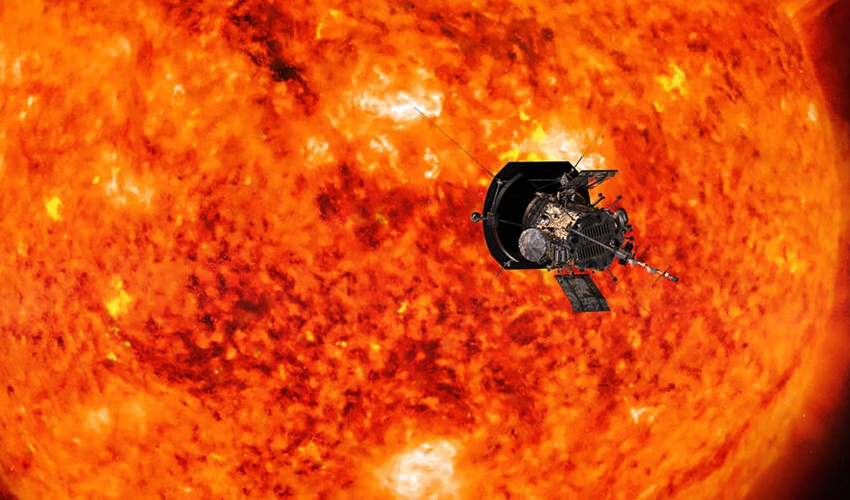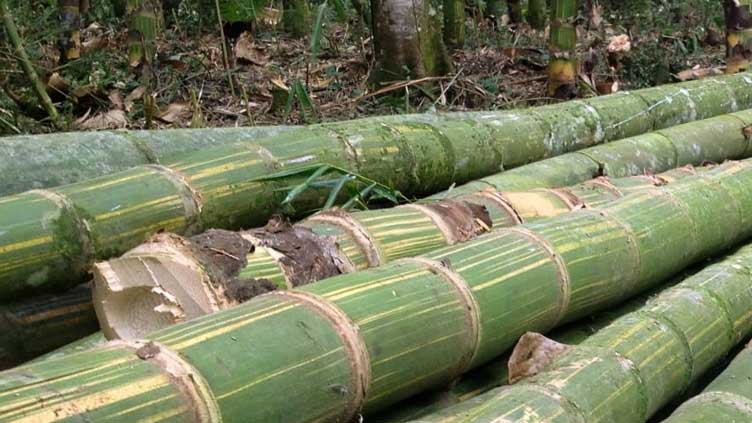The Parker Solar Probe is currently undertaking a groundbreaking mission in space, resembling a celestial explorer venturing closer to the sun than any previous spacecraft.
Its remarkable speed, surpassing even the time it takes to travel from New York to Tokyo in a mere minute, establishes it as the fastest human-made spacecraft to date.
Parker is engaging in an unprecedented endeavour by entering the sun's outer atmosphere, known as the corona.
This mission involves navigating through an intensely hot environment, exceeding the temperature of the sun's surface.
To achieve this, Parker strategically utilizes the gravitational pull of Venus, a neighbouring planet, to enhance its speed and proximity to the sun.
The significance of this mission is likened to the historic Moon landing in 1969, symbolizing a remarkable feat in space exploration.
Scientists are enthusiastic about Parker's journey into uncharted territory, akin to approaching and studying a star at close quarters.
Equipped with a specialized shield to withstand the sun's extreme heat, Parker is armed with tools for capturing images and detecting sounds in the vastness of space.
The mission mirrors that of a space detective, aiming to unravel mysteries surrounding the sun and its outer atmosphere.
Scientific objectives include comprehending the elevated temperature of the sun's outer layer compared to its surface.
Additionally, researchers seek insights into solar winds and storms that can impact terrestrial elements such as communication devices and even astronauts in space.
The wealth of information gathered by Parker holds potential for predicting and understanding future space events.
The ongoing year presents Parker with its prime opportunity to gather invaluable data, as post-December, its trajectory will no longer permit closer encounters with the sun.
This marks the culmination of a significant space exploration adventure.



























